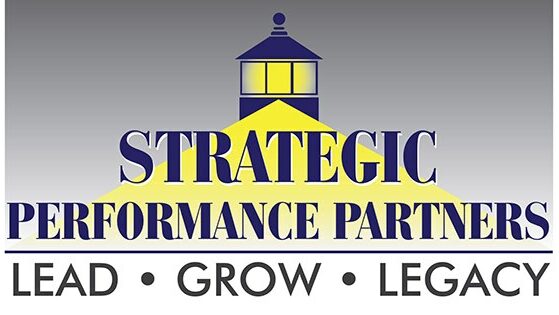How do you get heard above all the noise today? People are exposed to over 30,000 messages every day. How do you communicate so people better understand your organization’s mission, vision, and values? How do you share your message so others can feel your passions and beliefs? How do you communicate in a way that moves people?
I wrote this article over seven years ago and it seems even more applicable today than it did in 2013!
When I’m asked to work with leaders on their presentations, I try to help them find unique ways of expressing their passion for their organization and customers.
In my career, I work with many incredibly bright leaders who struggle to connect with their critical stakeholders at a key point in their organization’s history. I thought it might be helpful to share several ideas that help you stand out from the crowd. The best way to stand out is to embrace who you are and welcome your own authenticity.
Learn to communicate in a way that connects to others. What I hope to do is help you develop a style that fits who you are. So how do we lead an examined life?
For my birthday this year, my wife bought me a wonderful book called The Art of Character by David Corbett. It’s a book about how to create memorable characters for fiction, film, and TV. In all those media you must know how to communicate more powerfully.
One of my goals for the coming year is to become a better writer. The more I read, the more I’m convinced the author has somehow read my mind on what it takes to tell a great story. I want to share one of Corbett’s lessons that can take your communication and connection to a different level.
He asks a series of questions in Chapter Three called The Examined Life that, if you answer them and begin putting them in your presentations and writing, move people in ways that you might not have imagined. What makes these questions so powerful is how they make the person asking them feel if answered honestly. These different questions can be applied to many different situations we face in our life.
I’ve developed my own system to help you use these questions to better connect with your audience. This process helps you communicate better with the many people you share your stories. The three step process is:
- Reflect
- React
- Apply
The first step is to reflect. Take time to think about your answer. Explore your past to uncover your best answers. Take time to reflect on your answers. Can these situations help you connect better to your audience? Take time to reflect how you felt in the given situation.
The second step is to react. How does this answer make you react? Now that you’ve chosen the particular story, consider the reactions you have to the situation. Not just on the surface, but deep down in the pit of your stomach. How did you react at the time? What emotions were strongest? What feelings does it bring up for you today?
The third step is to apply. How might this story be shared to connect with your audience? Can this story be shared with others? How do you apply and insert it into your presentation? What are the implications to the people with whom you are sharing? How will they be impacted after they hear it? Does it move people?
I picked several sample questions from his book to show you how you might use them to connect with your audience.
The first question he asks is to think about your moment of greatest fear. Now let’s reflect on the emotions that brings up for you. Think and reflect on when you were most afraid. Now, think about how your employees feel when they start a new position. Imagine you’re talking to a group of new associates on their first day at work. Can you share how you felt in a similar situation? Do you think this helps you create a special bond with your fellow team members? Of course, it does, and it allows you to be more human. This is something missing in almost all of the 30,000 messages people see today.
Let’s do another. Think about your moment of greatest courage. What story does this bring up for you? When did you face a difficult situation and you were courageous? What does your courage story say about you and also about them? If you’re helping people dealing with challenging times, a little courage can go a long way. Can you share it with others?
Now go through the three step process again.
Can sharing this story help you connect to others? When you’re done, you have a tool that connects you with others. It builds a bridge to people where they are at and allows you to bring them along on your journey. This material comes from your own life experiences and no one else has access to it but you.
I know we’ve covered a lot today but don’t worry. I can show you how to apply this lesson to your writing and speaking. I’ve shared only two sample questions and I hope that I jumpstarted your thinking about how to become a master communicator.
If you want to be a great communicator, you have to develop the strength. Next week, I share an example of how this can be used in your communications to make you nearly unstoppable. See you then.

